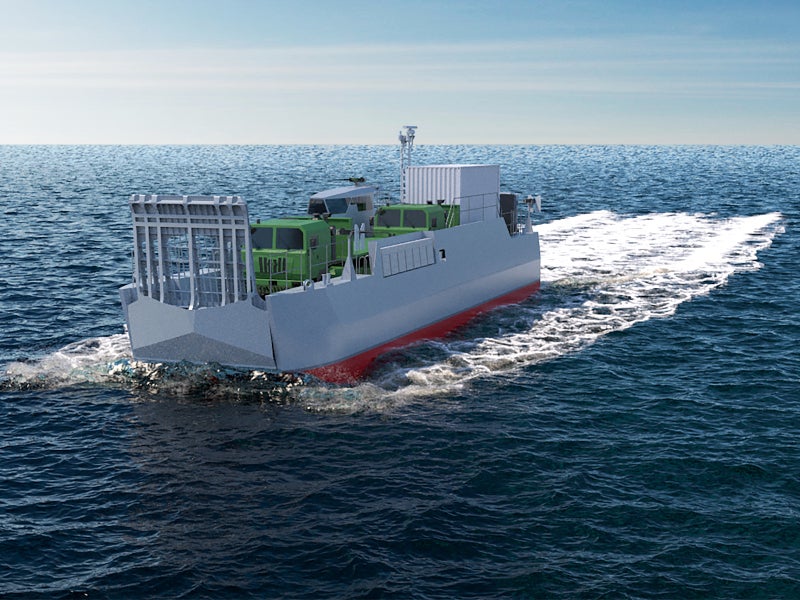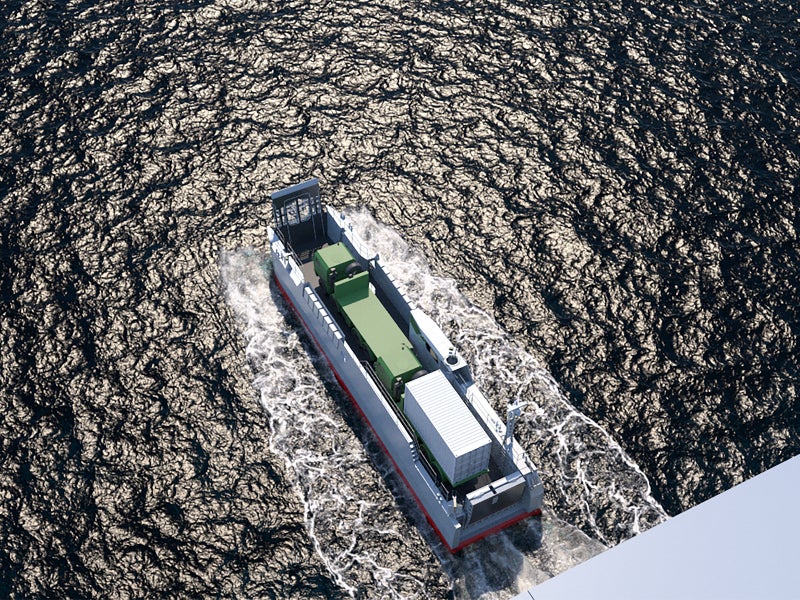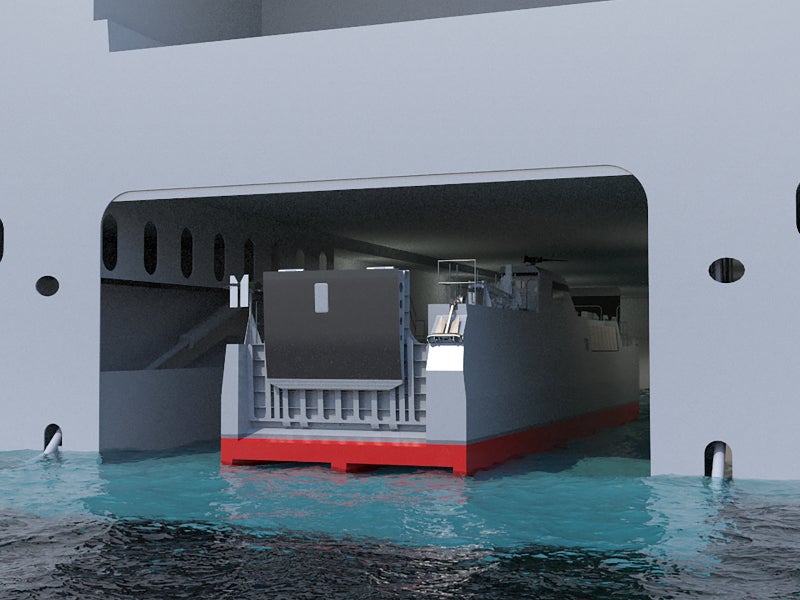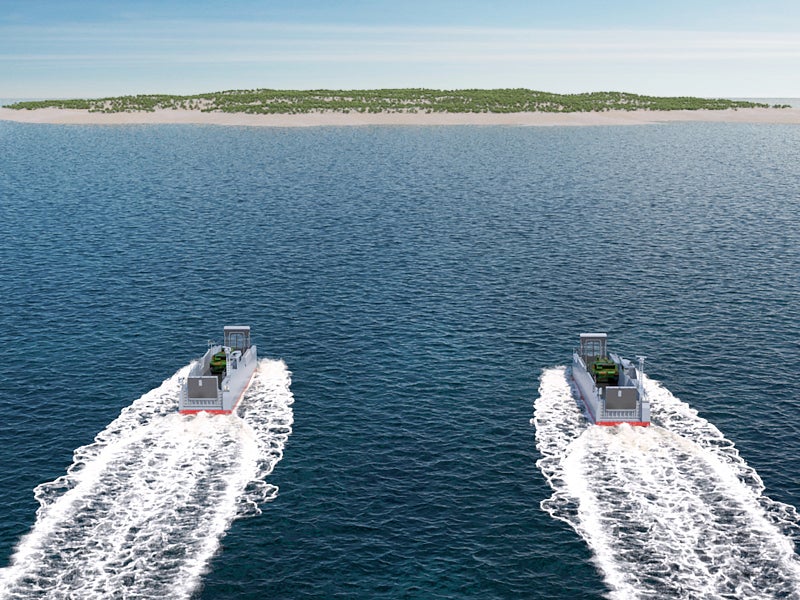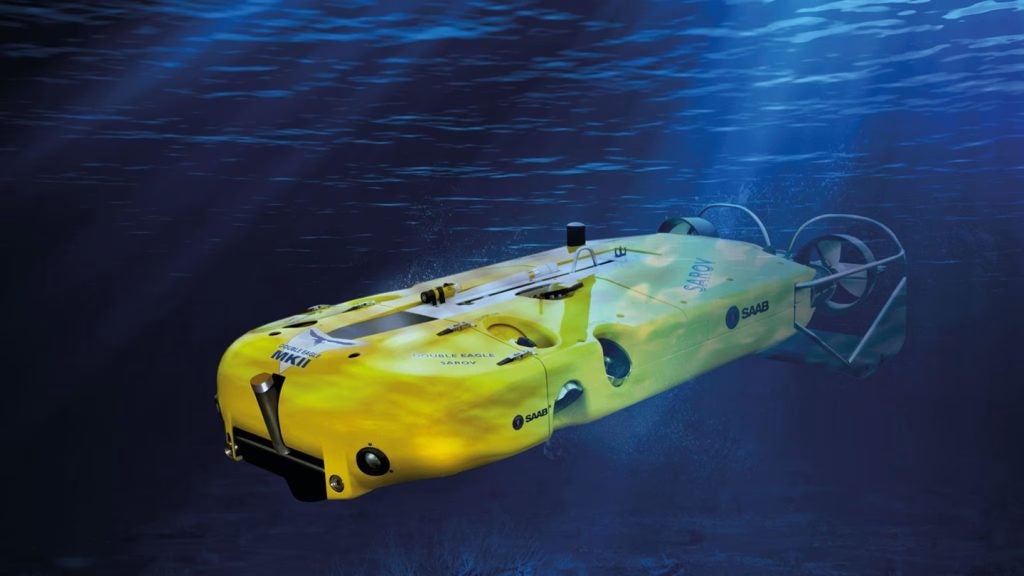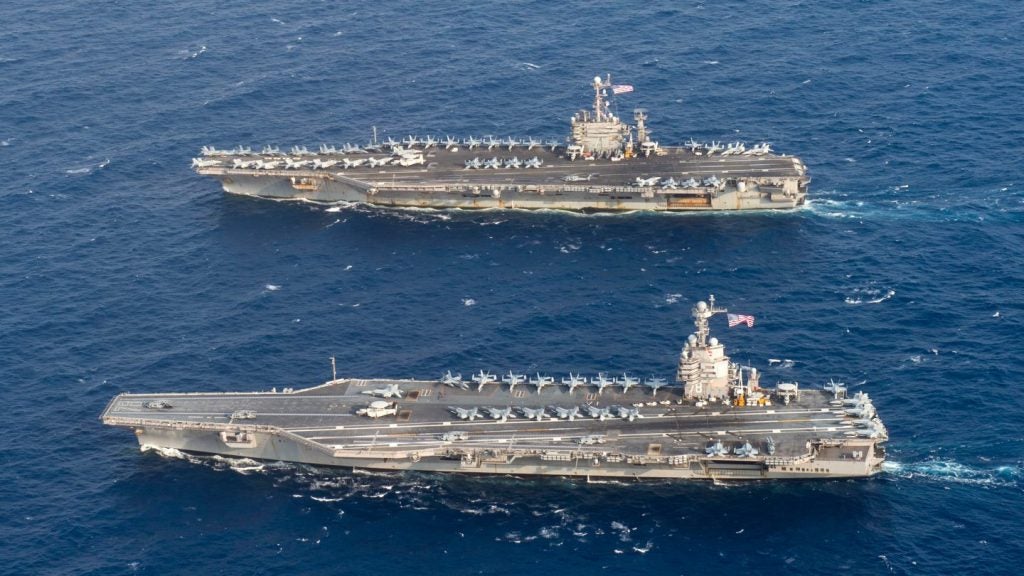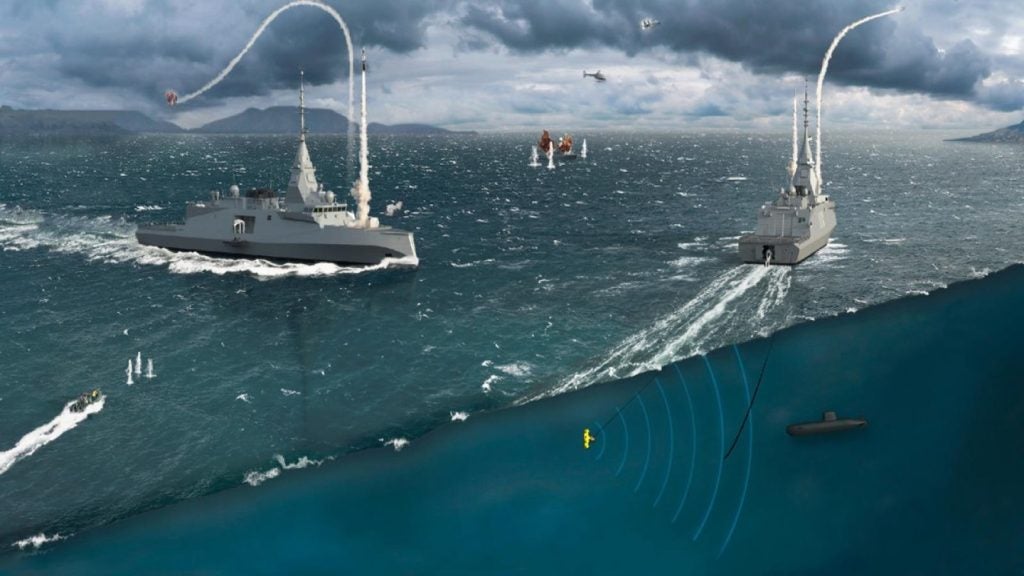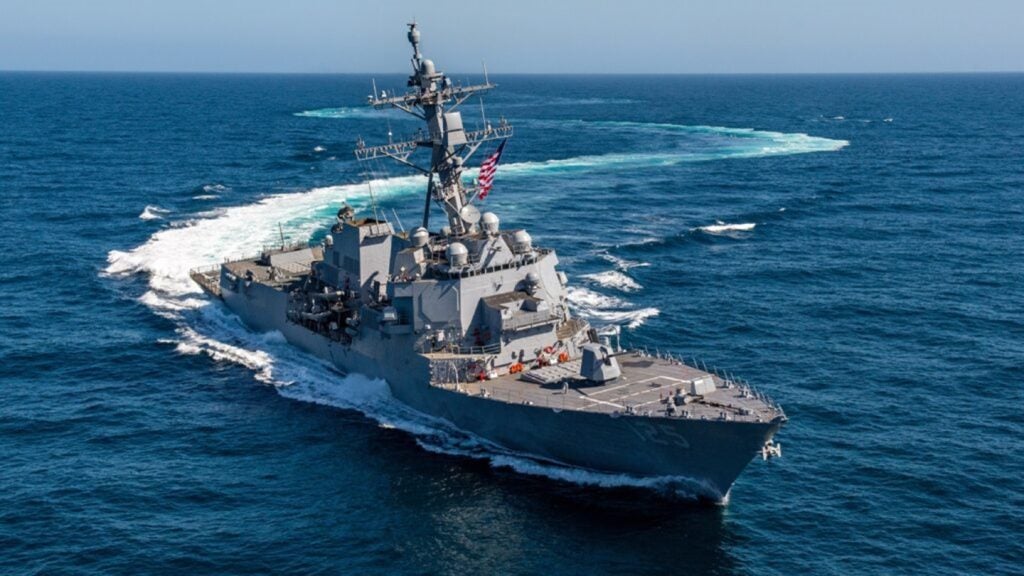CNIM Landing Craft Assault (LCA) is a new amphibious vessel designed and manufactured by French firm Constructions Industrielles de la Méditerranée (CNIM). It is intended to replace the ageing amphibious vessels in service with the naval forces across the world.
LCA was officially unveiled by CNIM at the Euronaval 2018 international defence exhibition held in Paris, France, in October 2018.
The robust and reliable platform can be used for the transportation of ground forces during amphibious assault operations. It can transport cargo/personnel from landing helicopter docks (LHD) to coastal areas.
Other amphibious missions of the LCA include harbour / beach interface, beach reconnaissance assistance, deployment of rigid-hulled inflatable boats (RHIB), and vehicle landing.
LCA orders and deliveries
The French Ministry of Defence (DGA) placed a contract with CNIM for 14 Engins de Débarquement Amphibie – Standards (EDA-S) vessels in January 2019. The EDA-S vessels will be based on LCA and will replace the French Navy CTM fleet.
CNIM will build the vessels in cooperation with Socarenam, CNN MCO, and Mauric. The first batch of six EDA-S vessels will be built at the Socarenam shipyard in St Malo, France. Delivery of the 14 vessels is scheduled to take place over a period of ten years.
Design and features of CNIM landing craft assault
The landing craft assault vessel features a compact design and optimised hull form. It is built using advanced manufacturing techniques in order to enhance the operational efficiency of the naval forces.
Vessels are compatible with multiple platforms and can be operated from Nato landing helicopter docks (LHD) or Makassar-class landing platform docks (LPD). It can also be integrated with Land Forces modern vehicles.
The amphibious ship offers enhanced sea-keeping characteristics and is capable of performing missions in harsh weather and Sea State 5 conditions.
Vessel operations are managed from a command control centre located on the right side of the hull. Navigational requirements of the vessel are also served by the control centre. The ergonomic design of the command centre enhances operational availability and crew comfort.
The overall length of the amphibious vessel varies between 23m and 26m. The ship has a width of 6.4m and hull draft of 1.3m at full load displacement.
The 29m-long LCA offers a platform area of 115m² for the transportation of cargo. The large deck area allows the forces to carry two assault amphibious vehicles (AAVs).
Payload capacity of the vessel is highly dependent on its length. The payload carrying capacity of the standard LCA is 65t, while the LCA has a length of 29m and can carry a maximum payload of 80t.
Armament on board the amphibious vessel
The CNIM landing craft assault vessel features multiple weapon mounts and can be armed with a range of ammunition. The vessel’s primary armament includes three 12.7mm calibre machine guns.
LCA propulsion and performance
The vessel is propelled by two ducted propellers and a single pump-jet located at the bow section.
It has a maximum speed of 18k and a maximum range of 350nmi at an economical speed of 11k. The CNIM landing craft vessel sails at a speed of 13k when fully loaded.

